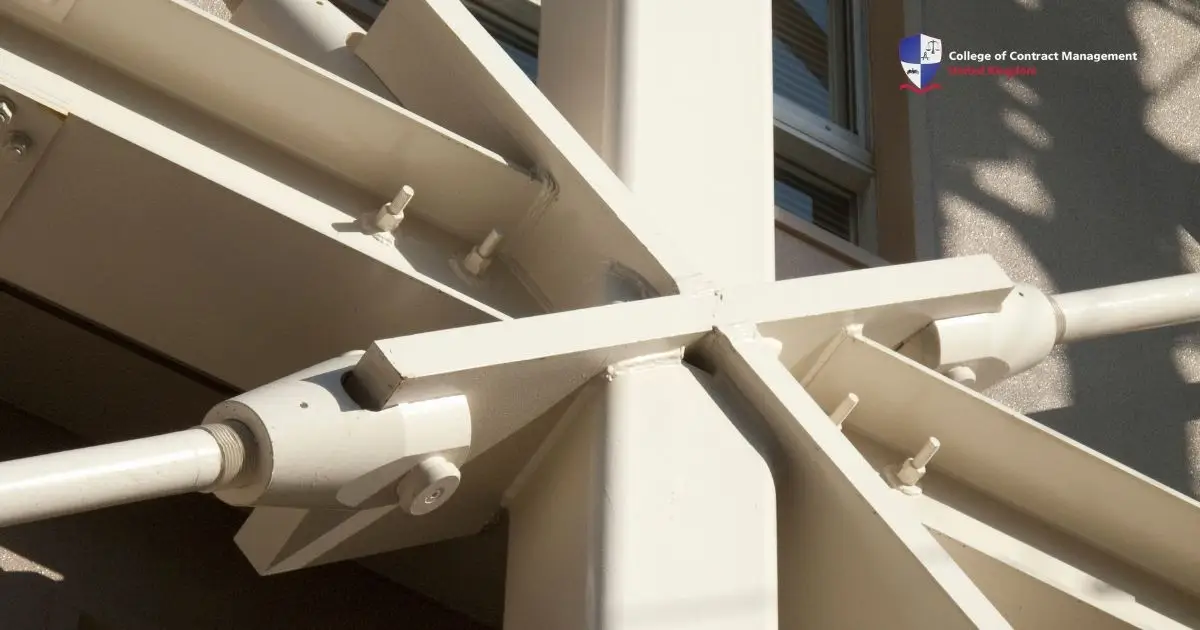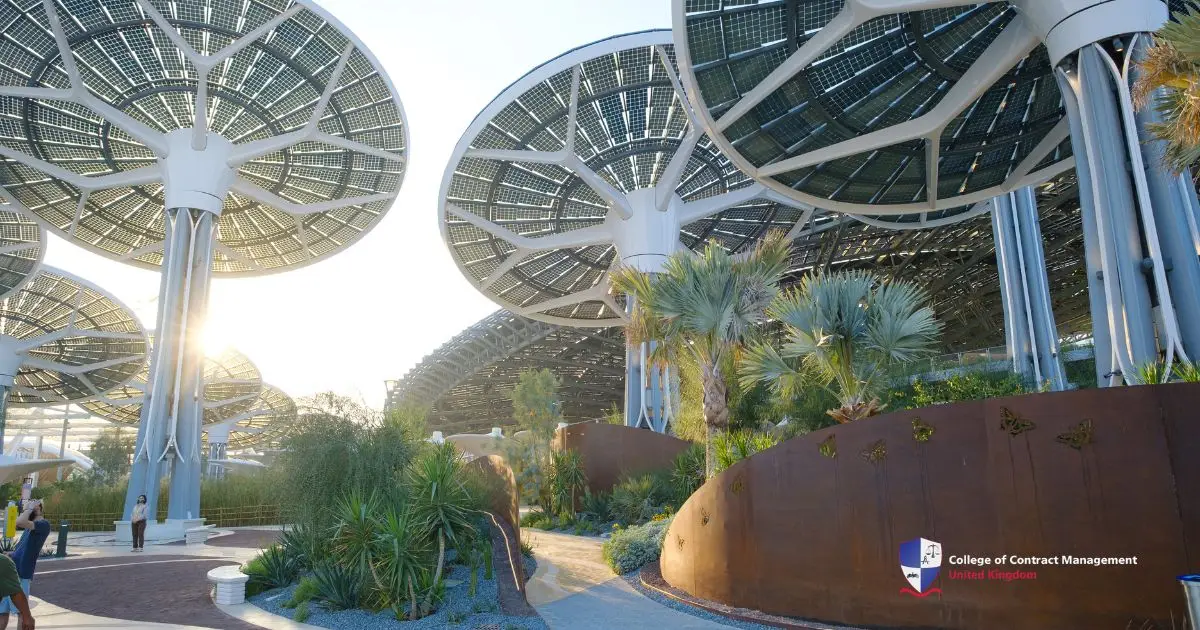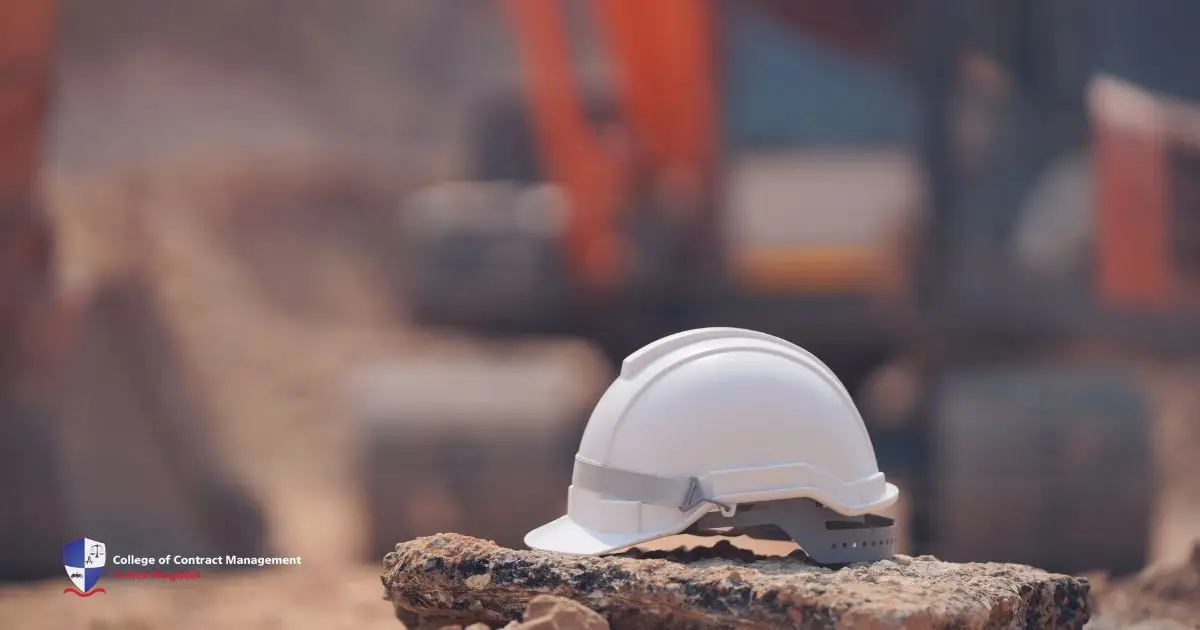Have you wondered how an old building can be safe and still usable? Well, this is done with retrofitting. The process where repairs are made to old structures to improve their safety and worthiness. This can include roads, other systems and other structures that need it. It doesn’t always involve the whole building. Sometimes, they upgrade only some parts of the building.
This process can mean and involve a wide range of steps, from simple repairs to big fixes. The aim is to make the whole structure safer, stronger, and more usable in the modern day. This is important because it allows existing buildings to continue to serve their intended purpose. Even as codes and rules change, they last even after a threat of natural disasters or other risks arises.
Retrofitting is essential for owners of older buildings, who may not have designed or built them to meet current codes and rules. It is also important for buildings located in areas at risk of natural disasters, such as earthquakes and floods. This also includes structures that can no longer be used for their old purpose. Now, let us go deeper into everything about this topic.
What is retrofitting meaning?
Retrofitting is a way to improve existing buildings and systems to boost performance. It aims for overall safety and sustainability without a full replacement. It is commonly used in construction, manufacturing, and the public sector. This allows ageing structures to meet modern codes. For example, contractors might retrofit buildings with new HVAC systems, earthquake reinforcements, or solar panels to reduce environmental impact.
This approach is quite cost-effective and reduces waste, which makes it useful and cheaper than building a new structure. A key application of retrofitting lies in improving energy efficiency and disaster resilience. Buildings in earthquake-prone areas usually have steel braces or base isolating to make sure they can withstand an earthquake. By focusing on its use over replacement, it supports the building's future.
The importance of retrofitting
Retrofitting is very important due to it updates ageing structures to meet the current safety and environmental rules with less cost. By upgrading specific parts of the building, like the electrical systems, insulation, or foundational supports, existing buildings can adapt to new codes. This approach keeps the building heritage and urban continuity while addressing dangers like seismic risks or energy inefficiency. It ensures structures remain viable in a rapidly changing world.
From a sustainable aspect, retrofitting notably reduces waste, cost and emissions of new construction. Reusing existing frames reduces resources and waste, making sure they align with global environmental goals. For example, a mid-century office building with solar panels can cut operational emissions and running costs. Therefore, showing how sustainable upgrades extend a structure’s relevance without giving up the building's original design.
The goal of this is to make buildings more eco-friendly. Therefore, we can greatly reduce our reliance on fossil fuels and create a greener future. This is not just about cutting energy costs and meeting rules. It’s about playing a part in a larger effort to fight climate change. With our climate problems, we need all the help we can get.
Retrofitting types and techniques
Beyond any old repair, it is the process of updating and improving how well it works. They implement a plan to ensure only the part of the structure that needs repairs gets retrofitted. They do this to ensure cost effectiveness. This retrofitting ensures that structures, whether historically significant or merely outdated, can meet modern codes.
There are multiple ways to retrofit a building, which all depend on the needs of that building. You can use these types and techniques one by one, all together. However, its main goal is to upgrade the current parts of a building without fully replacing them. In this part, we will explain the various types and techniques of this process.
Energy upgrade
Experts implement energy retrofitting to give buildings more eco-friendly and sustainable features or even make the whole building more efficient. This kind of style usually focuses on reducing the overall energy usage of a structure, thereby decreasing its carbon footprint as a whole without needing to do a full rebuild.
Historical retrofitting
Historical structures give a huge amount of importance due to their cultural and historical heritage, making them ideal to be retrofitted due to their preservation. This type of retrofitting targets a needed upgrade for these structures while keeping their original look and character. This involves a careful process that makes sure all safety rules are met. Strengthening weak structures, replacing aged materials with those that match the old design, and adding modern features discreetly are some of the common practices.
Foundational fitting
Every building and structure relies on its foundation. As the foundation besides bearing the structure's weight, it also provides strength against natural disasters. Foundational retrofit is the act of strengthening this base, ensuring the structure's longevity and safety. This type of retrofit includes adding isolators, strengthening, and heightening the structures to ensure it is safe against floods.
Building envelope change
The building envelope plays a key part in a structure's energy usage and comfort levels. Retrofitting the envelope means improving its components, such as walls, roofs, windows, and floors. It aims to control the indoor climate better. For instance, replacing old windows with thermal pane models can reduce heat loss. Other than that, enhancing wall insulation can keep interiors warmer in the winter and cooler in the summer. This type of retrofit gives the strength of buildings and ensures a comfortable space.
How is retrofitting done?
Retrofitting is done by inspecting, planning and adding new parts to improve old buildings and systems. Hence, usually the project starts with a broad check of the existing building. It is to determine what the team needs to do and what kind of work is required. All of this ensures that the team completes the correct work and avoids any unnecessary work to ensure cost effectiveness.
The designers will make a detailed plan to ensure that it will meet the goals and keep the original look of the structures. Then the engineers will select the best type of retrofit to match the job they need to do. Finally, they will put the retrofit in action in phases to reduce disruption.
Furthermore, contractors will prepare the site, install necessary new elements, and upgrade non-key systems under strict quality controls. Once the builders complete the building, they confirm through a check via sensors or follow-up inspections that the building meets the code and matches the original plan. If they find another problem, they can do more construction as well. On the contrary, if they find no other issues, the retrofitting is complete.
Conclusion
Retrofitting gives a new lease of life to a building that might be levelled. By strengthening the structural elements and upgrading many of its systems, it can meet the modern codes. All while preserving the building’s design and history. It enhances safety and resilience against risks like earthquakes, floods, and high winds through steps such as base isolation, jacketing, and bracing. All of this can include upgrades that will help the building's overall energy efficiency. Its sustainability goals are in a lasting way, affordably, and environmentally cost-effectively.
If you’re looking to build a rewarding career in construction, the College of Contract Management is your answer to success. They provide trusted courses that not only help to grow a career but also personal development, especially in the construction field. Just like finding the right angle, the college makes sure that you achieve your goal precisely. So, what are you waiting for? Start to set your path to a great career with the CCM!





